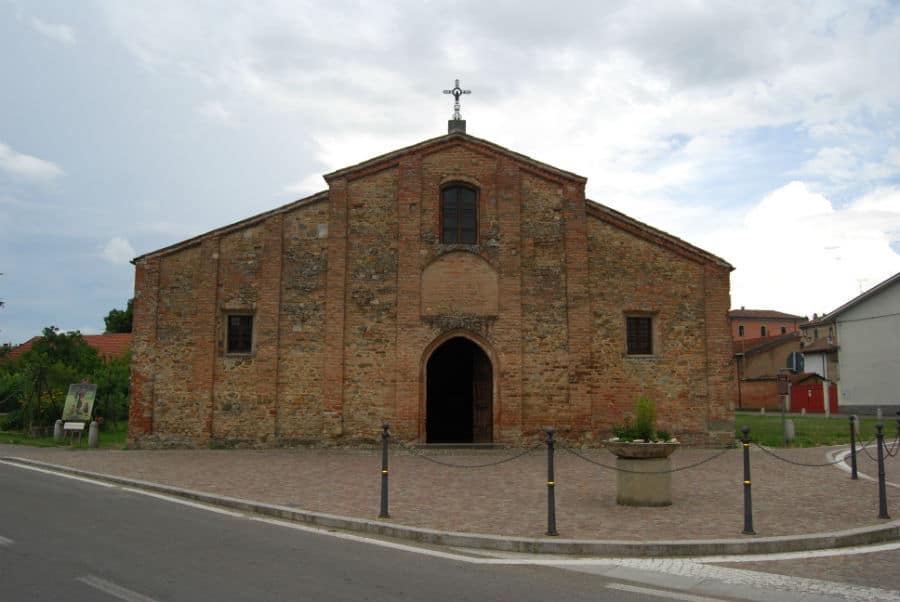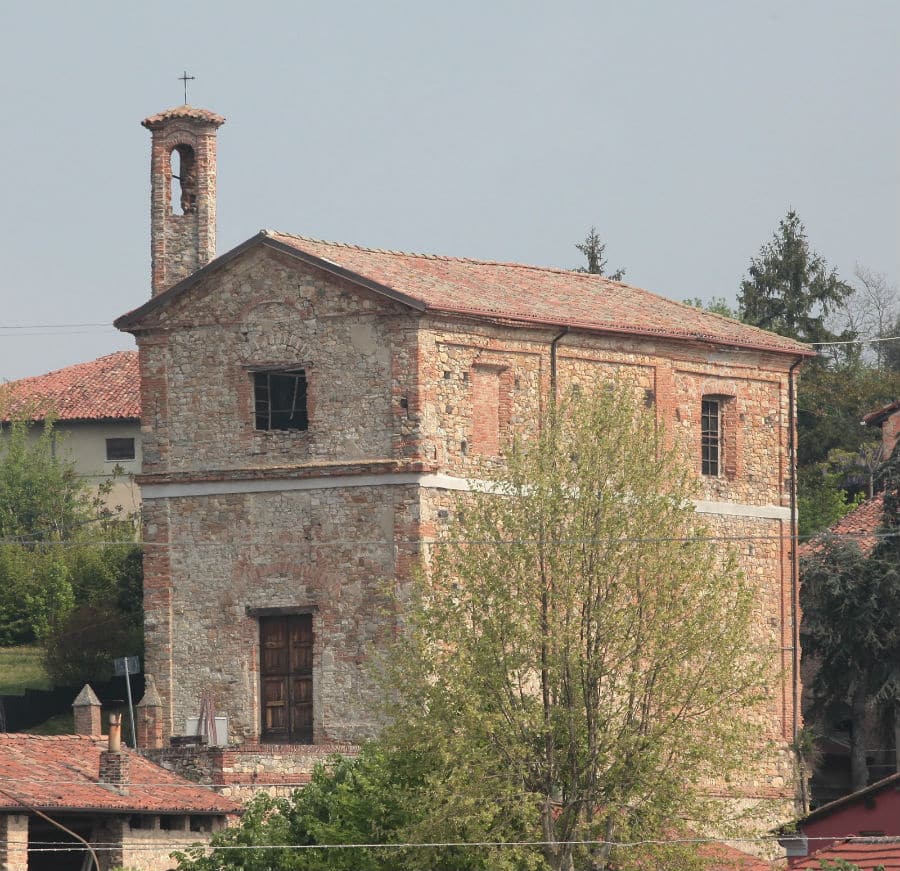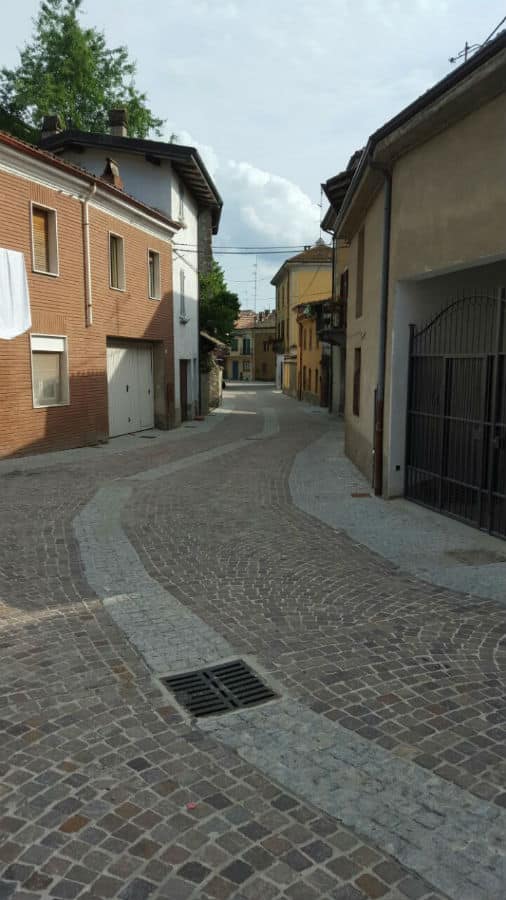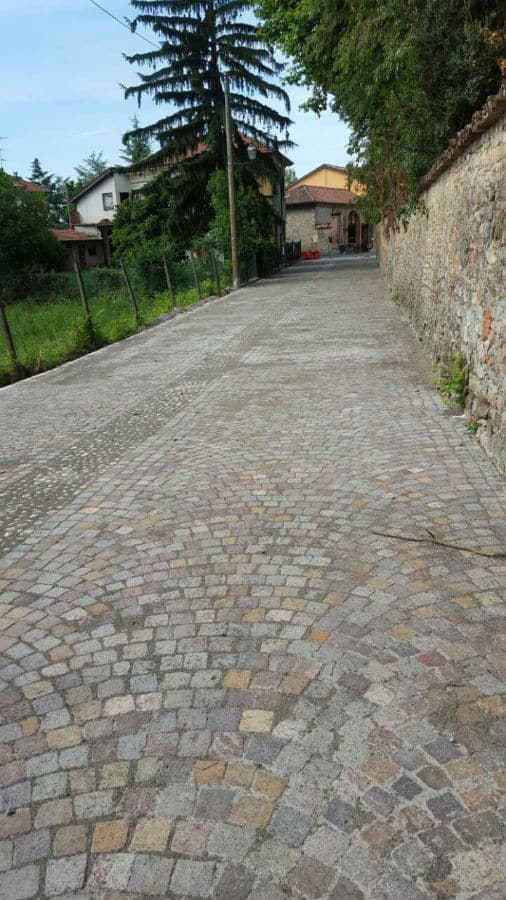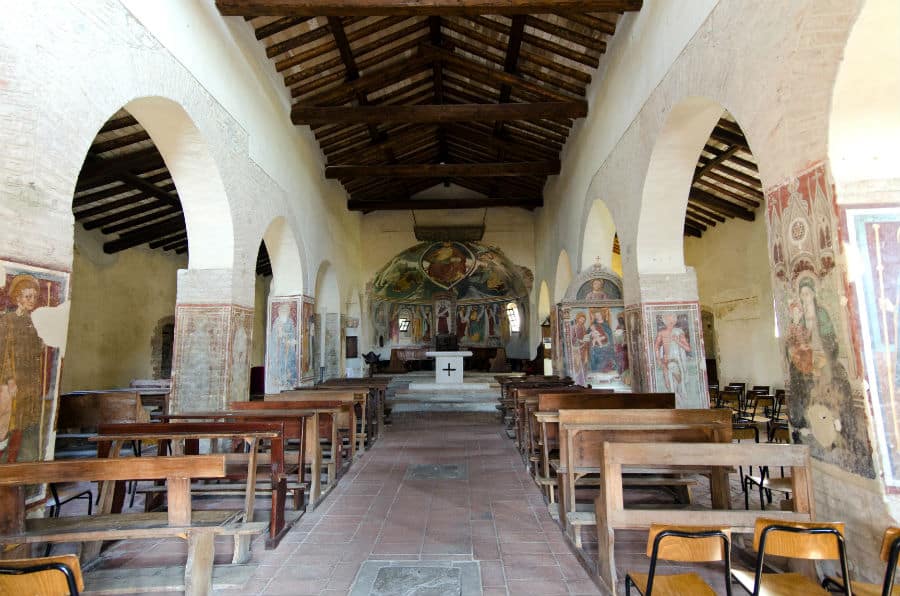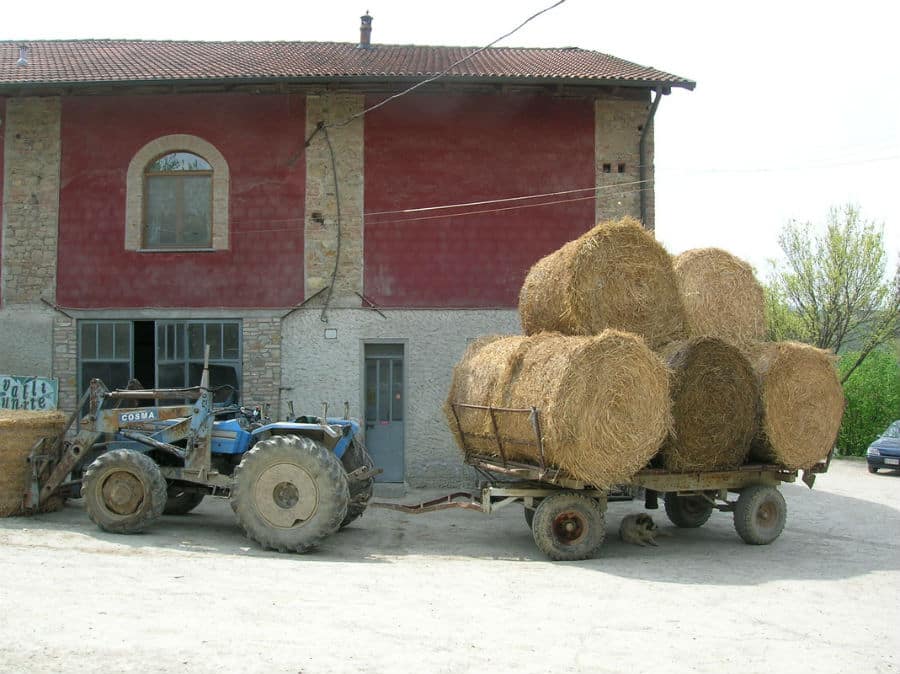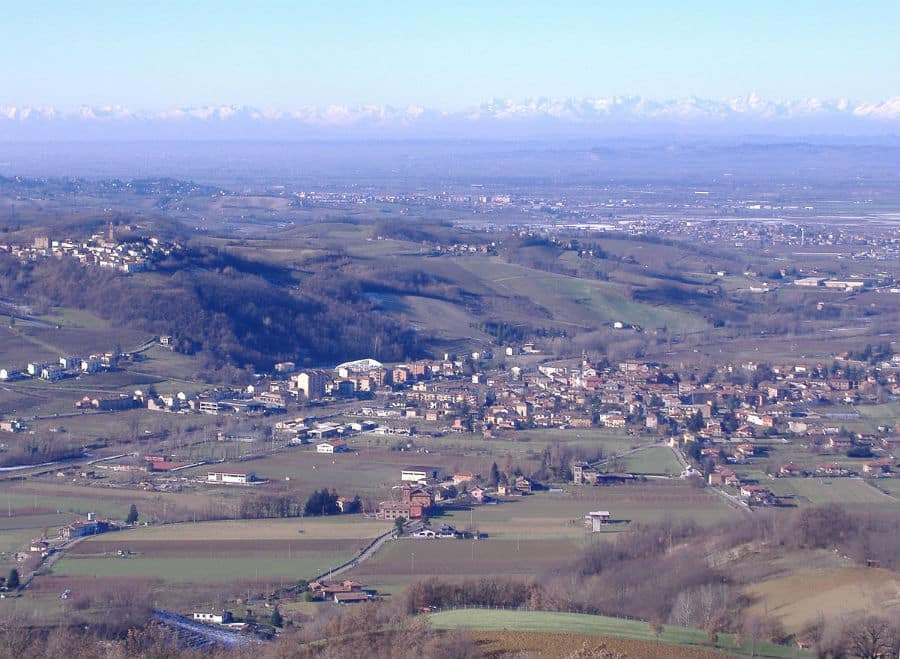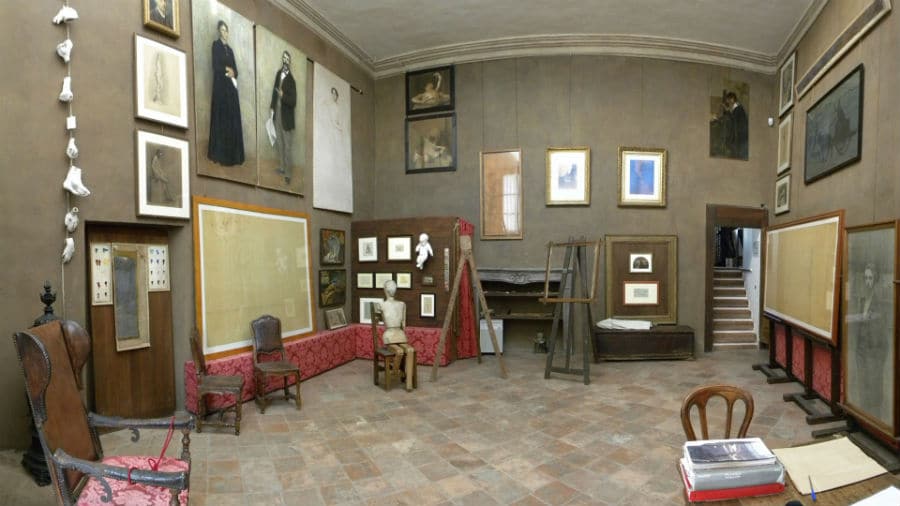Volpedo ( Volped in the local dialect), in Piedmont, is the birthplace of painter Giuseppe Pellizza, author of the Fourth Estate. Other excellences are fishing cultivation and fruit growing in general. The historic core stands on a small hill on the right bank of the stream, around which the walls of the castrum were built, which stretches toward the Curone stream, forming a ford point to the opposite bank.
A burial stele testifies to Roman presence as early as the 1st century, although the settlement probably dates back to ancient Ligurian populations. The first written record of the village is from August 21, 966, where the parish is named. Throughout the 10th century the village is attested under different names: Vicus Piculus , Vicus Peculus , Vipegulus , Vulpeculus , thus still a Vicus , that is, a Roman village. Also from the same period would be, in addition to the parish, the castrum, the fortified village of which part of the city wall (rebuilt in the 16th century) is still visible today. In the twelfth century it became Vicus pecudis, sheep village, and its fortunes became linked to the city of Tortona, to which it lent aid during the siege of Frederick Barbarossa in 1155. In 1347 Tortona passed under the Visconti of Milan, who in 1412 granted Volpedo as a fief to the mercenary captain Perino Cameri. The latter in 1425 gave it to the Fabbrica del Duomo di Milano, which allowed the village considerable administrative autonomy. In 1513 the historic rivalry with the village of Monleale, on the left bank of the Curone, of the Ghibelline faction, and Volpedo, Guelph, led to the destruction of the latter, including the walls of the castrumwhich were rebuilt from 1589 when Milan was under Spanish rule. In 1738 Volpedo, along with the entire Tortona area, came under the Kingdom of Sardinia and was given by the Savoy to Marquis Filippo Guidobono Cavalchini of Momperone and then passed to the Malaspina family in 1849.
The town's main monument is the Romanesque parish church of San Pietro, which houses interesting frescoes of the Tortona school inside.
The painter Giuseppe Pellizza da Volpedo (1868-1907) made the choice to live and work in the village where he was born and, as a sign of his attachment to his land, to add "da Volpedo" to his signature. At the far end of the village, toward the cemetery, is the birth house and studio of Giuseppe Pellizza da Volpedo. It houses working tools, personal items, books and even some of the artist's works.


